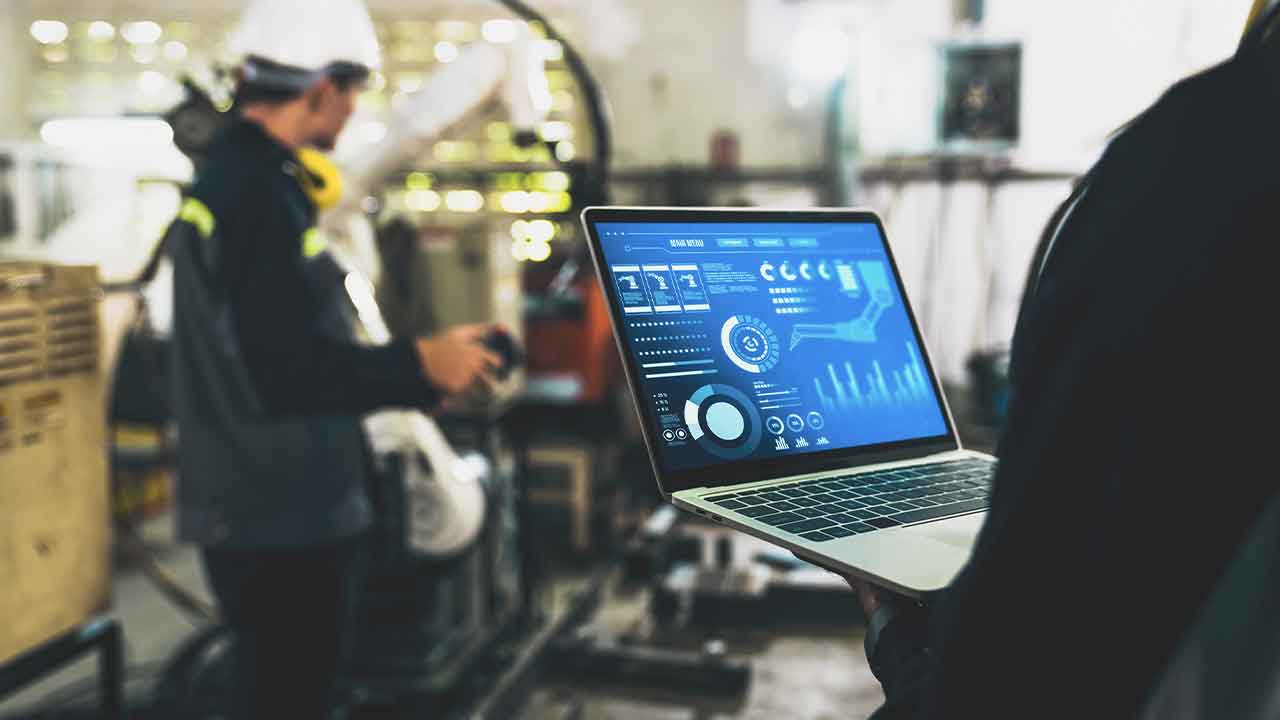“To Edge or not the Edge”
The emergence of Edge Computing in the Industrial Internet of Things (IIoT) has become a cost prohibitive, expensive trend. Overall interest in Edge Computing has risen in the IIoT space because of confusion between the exact needs of IIoT vs. Industry 4.0. For simple definitional clarity, Industry 4.0 technology is destined for the industrial factory; IIoT is everything else – think the billions upon billions of remote asset devices that exist.
For the past ten years, we have all come to expect that everything will be connected and that connectivity will move our productivity in the right direction. IIoT started on the trend of connectivity but encountered security and cost related setbacks. First, the hacking of networks from IoT and non-IoT networks made the market apprehensive about the reliability of anything connected. Next, hardware costs and data transfer charges struggled to reach adequate price points; enter Edge Computing.
The promise of the Edge is robust security and local analytics. But while these features are great, the Edge does not account for several key realities:
- The cost savings of TaaS (Things as a Service) disappears because Edge hardware is sometimes more expensive than the connected machine.
- Each Edge gateway requires its own software license for analytics platforms and security software, which regresses the collaboration features in the cloud to 1970s-level SCADA.
More about A Cloud Based Alternative to Traditional SCADA
The bottom-line is the Edge computing solution does not apply to most of the market as it is today – remote devices needing IIoT connectivity. The Edge is important in critical structures where the data needs to be analyzed in the 1000th of a mili second from multiple systems. In most cases, we are talking about Industry 4.0 systems on manufacturing floors whereby the data from diverse sensors and machines is being analyzed, and decisions are made based on learned behavior. In other words, a PLC with the added benefit of 3rd party analytics software rather than IF and THEN algorithms. This Industry 4.0 market is 6% of all the industrial machines sold, however.
But what about the other 94% of the market that is actually IIoT related? Does it require the Edge? Think of the motors and pumps, HVAC systems and lifts, VFDs (Variable Frequency Drives) – billions and billions of machines that are sold but never end up in manufacturing plants. They, too, need to be connected and the complex Edge gateway is not cost-effective nor often necessary for these remote machines.
The promise of IIoT is that all machines will be connected and shipped directly by the manufacturer. To fulfill this promise, the connectivity part of the machine has to make sense as well as add value to the end-user and the original manufacturer. A manufacturer who ships tens of thousands of pumps requires a gateway that ships on each pump and connects to one or two sensors. This gateway has to be affordable, meet industrial hardware requirements, and be rugged enough to remain in the field for a decade. An Edge gateway with huge processing power, gigabytes of local data storage, and individual gateway software licenses – will not be cost-effective.
The future of IIoT is embedded gateways as part of the machine and shipped directly from the manufacturer. Once the machine is turned on for normal operation, the gateway automatically and securely connects to the cloud and starts transmitting data for predictive analytics, remote monitoring, and remote management. Only then will the next phase of IIoT evolution, “TaaS,” take shape. The potential is affordable IIoT functionality for the end-user without extensive hardware operations and maintenance.
More about Cloud Enablement and IIoT: An interview with Ian Kanski, CTO of UrsaLeo
 This article was written by David Drake PhD, a thought leader, entrepreneur, speaker, CIO (Chief Innovation Officer) and founder of AMI Global LLC., a global technology company specializing in Industrial Internet of Things (IIoT) solutions, and strategies. Prior to founding AMI Inc., Mr. Drake worked as a corporate and executive leader at Motorola where he attained ‘Lean 6 Sigma Black Belt’ in 2002. After nine years with Motorola’s senior leadership team, he left to manage the World-Wide Quality Organization at Belkin as Vice President of Quality. Overall, Mr. Drake possesses nearly twenty years in international experience working with Fortune 500 companies, in developing and designing their digital strategy.
This article was written by David Drake PhD, a thought leader, entrepreneur, speaker, CIO (Chief Innovation Officer) and founder of AMI Global LLC., a global technology company specializing in Industrial Internet of Things (IIoT) solutions, and strategies. Prior to founding AMI Inc., Mr. Drake worked as a corporate and executive leader at Motorola where he attained ‘Lean 6 Sigma Black Belt’ in 2002. After nine years with Motorola’s senior leadership team, he left to manage the World-Wide Quality Organization at Belkin as Vice President of Quality. Overall, Mr. Drake possesses nearly twenty years in international experience working with Fortune 500 companies, in developing and designing their digital strategy.



